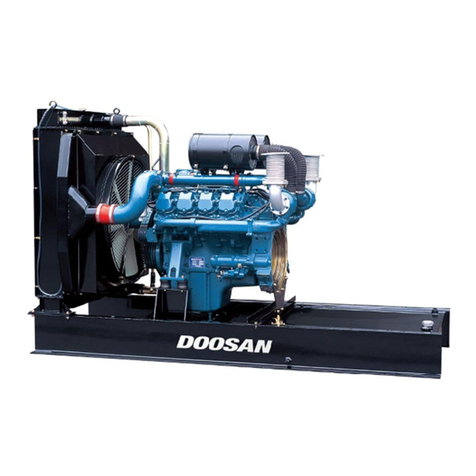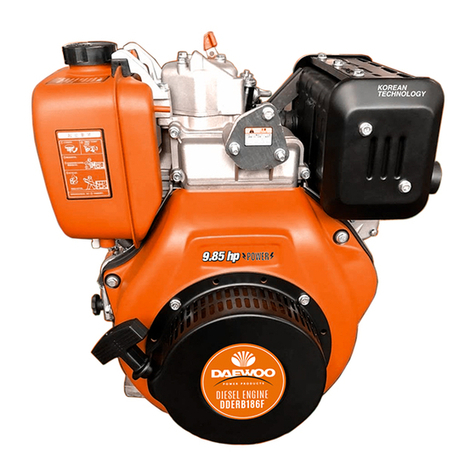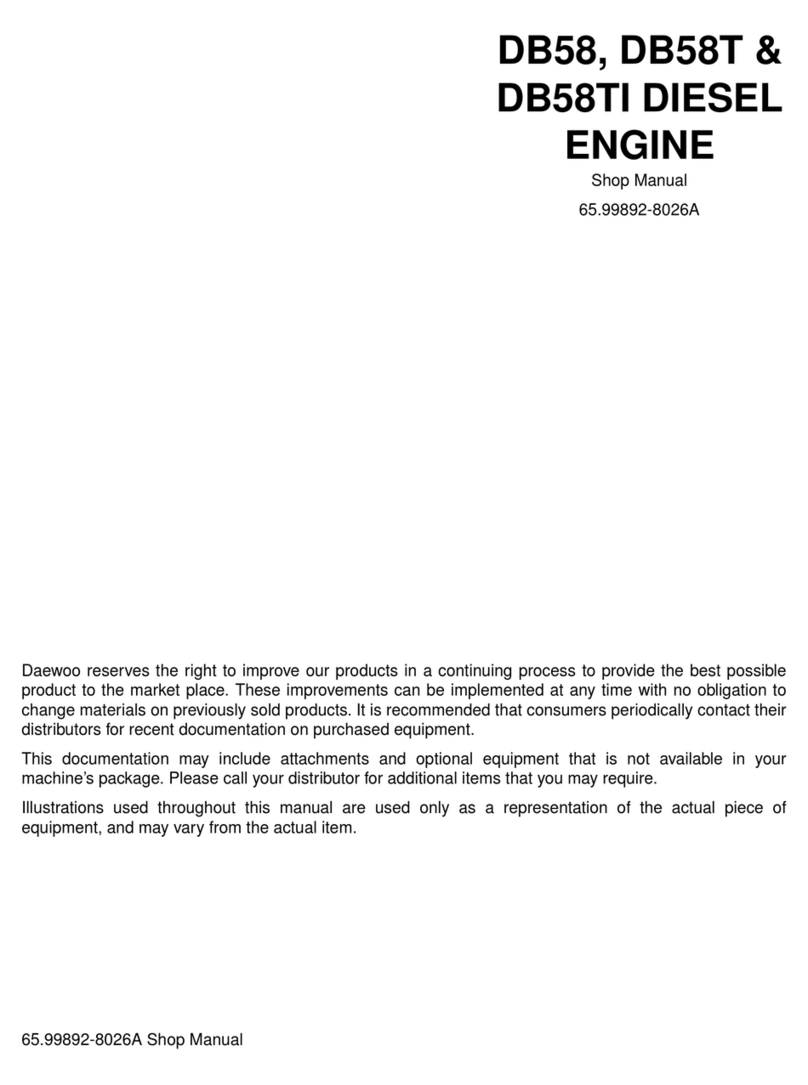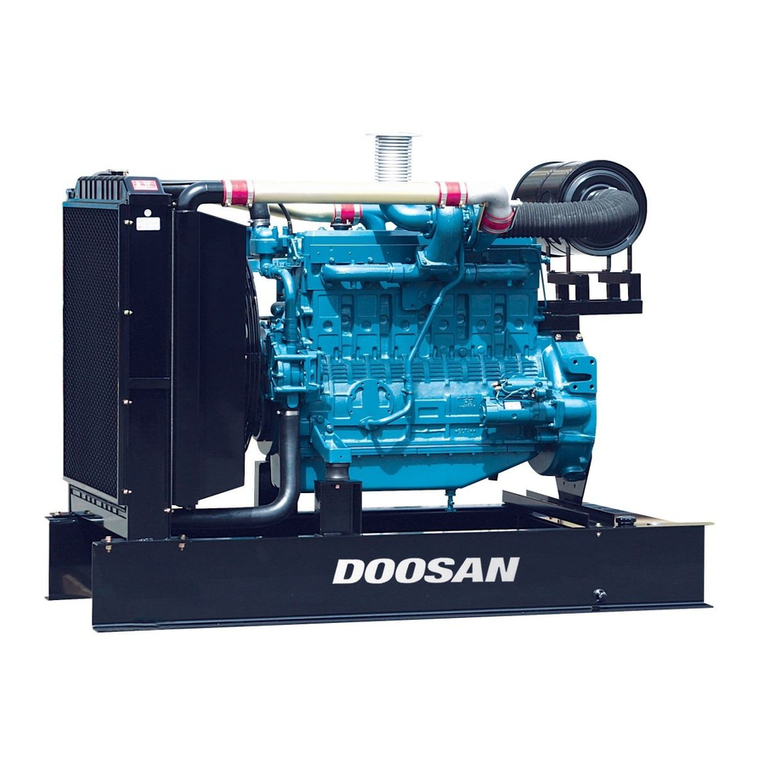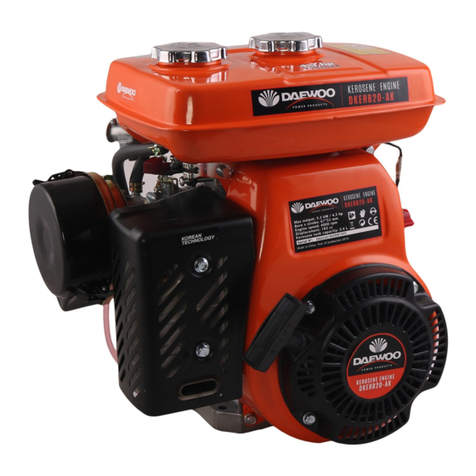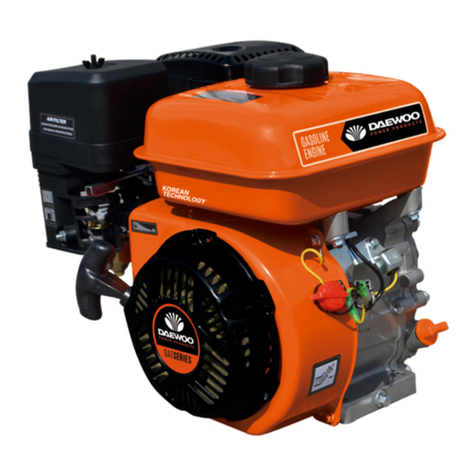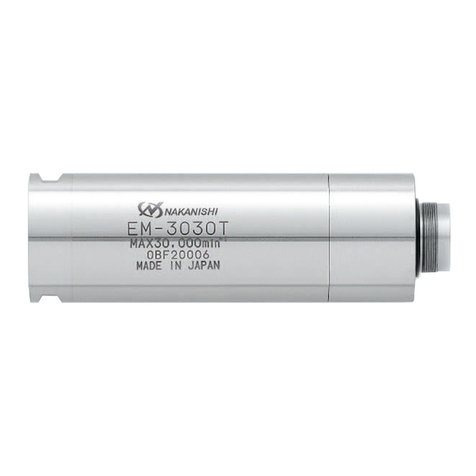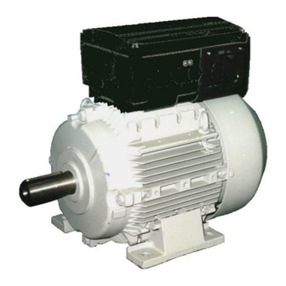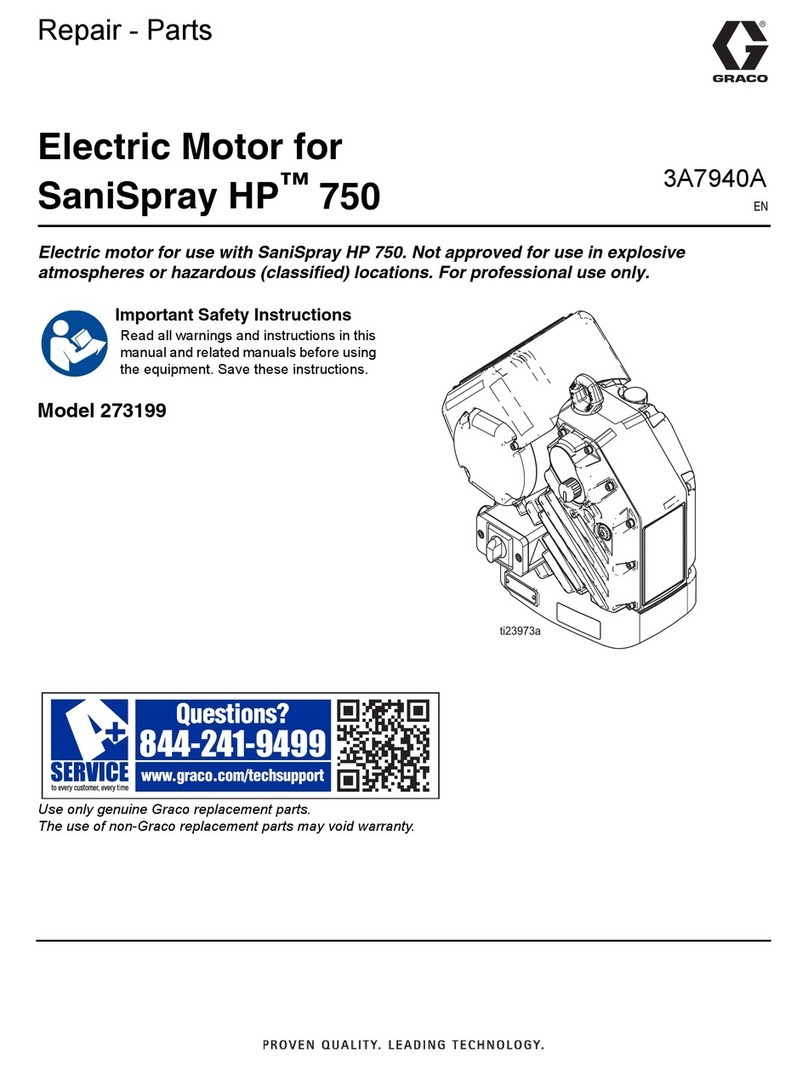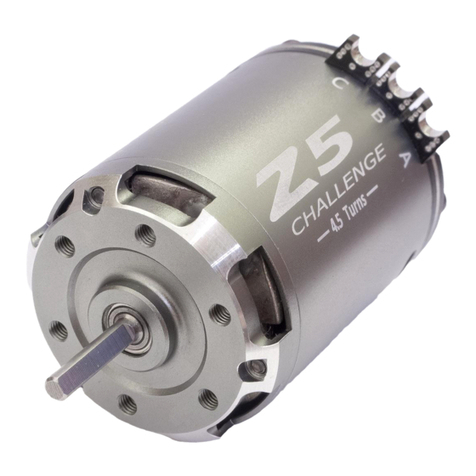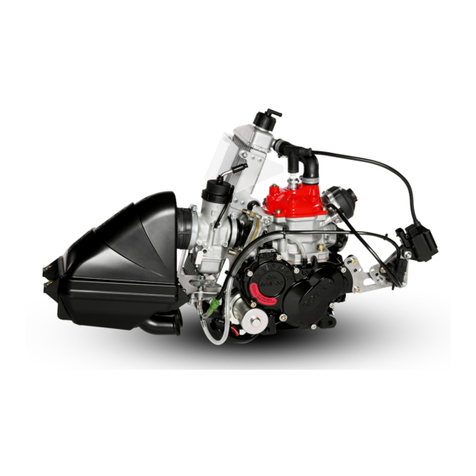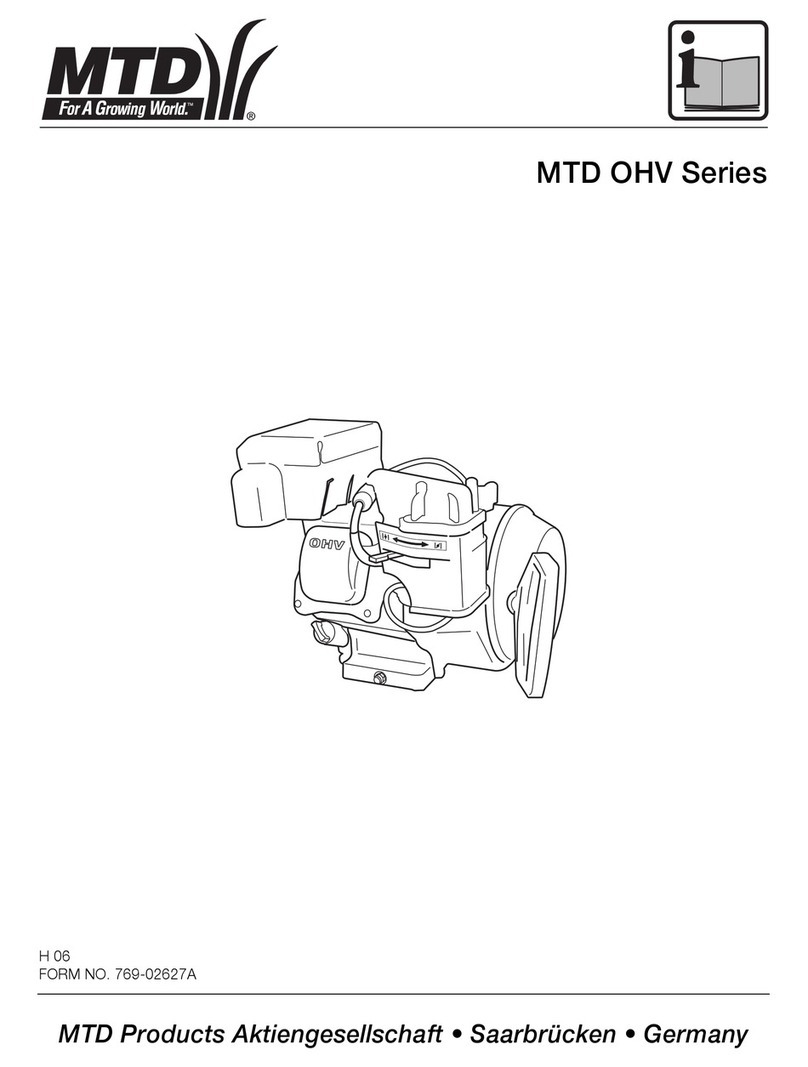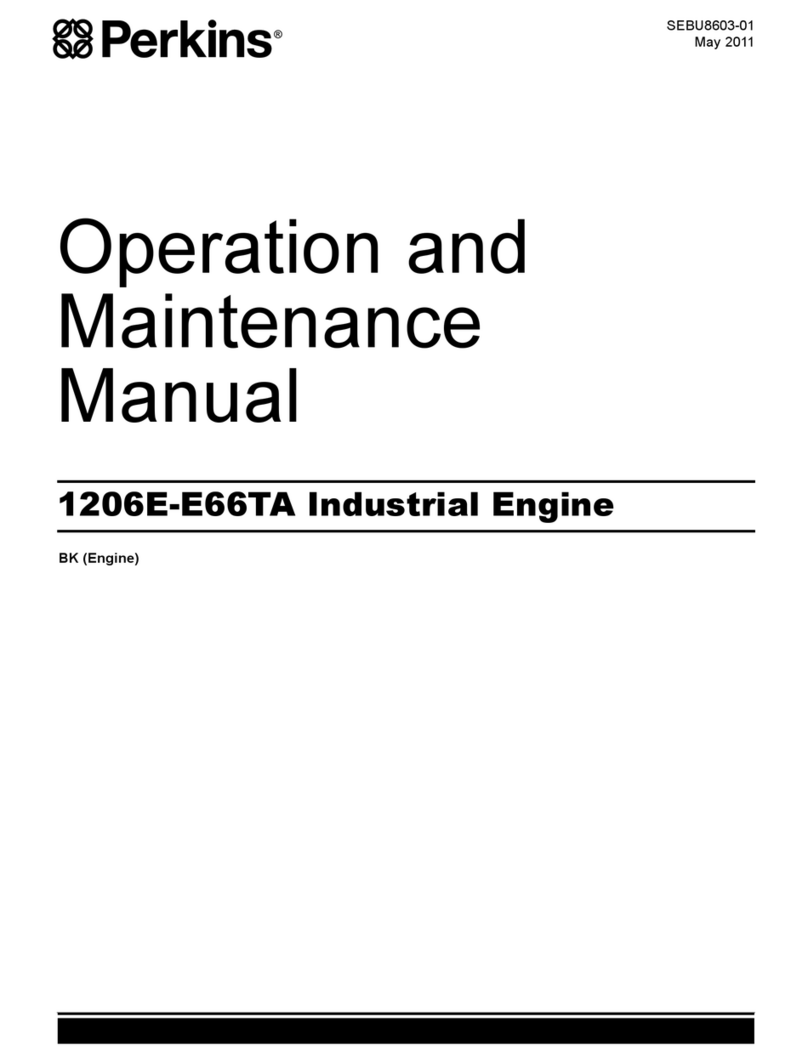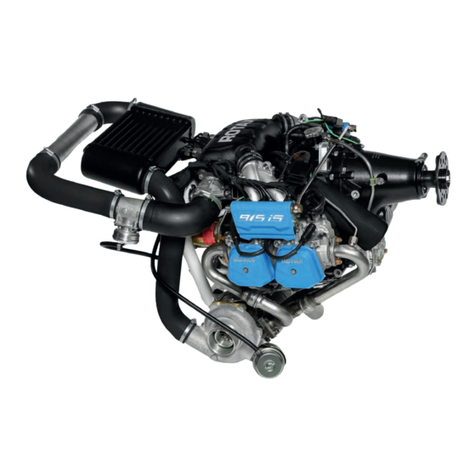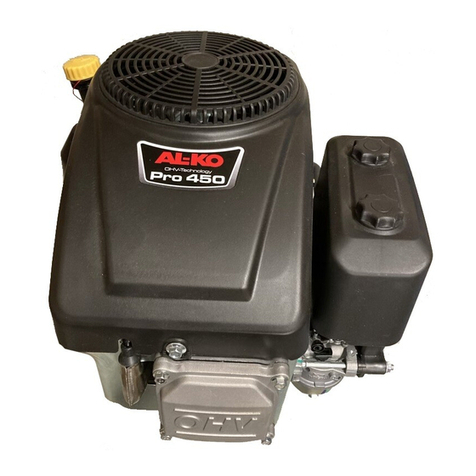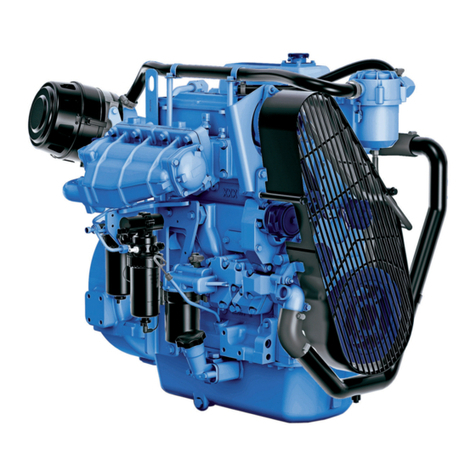G420E/G424E Tier LP Engine LPG and LPG Fuel Tanks8
CHAPTER 0 LPG AND LPG FUEL TANKS
LPG Fuel Supply
Liquefied petroleum gas (LPG) consists mainly of
propane, propylene, butane, and butylenes in various
mixtures. LPG is produced as a by-product of natural
gas processing or it can be obtained from crude oil as
part of the oil refining process. LPG, like gasoline, is a
compound of hydrogen and carbon, commonly called
hydrocarbons.
In its natural state, propane is colorless and odorless;
an odorant (ethyl mercaptan) is added to the fuel so
its presence can be detected. There are currently
three grades of propane available in the United States.
A propane grade designation of HD5 (not exceeding
5% propylene), is used for internal combustion
engines while much higher levels of propylene
(HD10) are used as commercial grade propane along
with a commercial propane /butane mixture.
APPROXIMATE COMPOSITION OF HD5
PROPANE BY VOLUME
Propane
(C3H8) Propy
lene Butane
(C4H10) Iso-
Butane Methane
(CH4) TOTAL
90.0%
min. 5% max. 2.0% 1.5% 1.5% 100%
An advantage of LPG is the ability to safely store and
transport the product in the liquid state. In the liquid
state propane is approximately 270 times as dense
as it is in a gaseous form. By pressurizing a container
of LPG we can effectively raise the boiling point
above –44 deg. C / -42 deg. C, keeping the propane
in liquid form. The point at which the liquid becomes a
gas (boiling point) depends on the amount of
pressure applied to the container.
This process operates similarly to an engine coolant
system where water is kept from boiling by
pressurizing the system and adding a mixture of
glycol. For example water at normal atmospheric
pressure will boil at 212 deg. F / 100 deg. C. If an
engines operating temperature is approximately 230
deg. F / 110 deg. C, then the water in an open un-
pressurized cooling system would simply boil off into
steam, eventually leaving the cooling system empty
and over heating the engine. If we install a 10 PSIG
cap on the radiator, pressurizing the cooling system
to 10 PSIG, the boiling point of the water increases to
242 deg. F / 117 deg. C, which will cause the water to
remain in liquid state at the engines operating
temperature.
The same principle is applied to LPG in a container,
commonly referred to as an LPG tank or cylinder.
Typically an LPG tank is not filled over 80% capacity
allowing for a 20% vapor expansion space. Outside
air temperature effect’s an LPG tank and must be
considered when using an LPG system. (Figure 2)
shows the relationship between pressure and
temperature in a LPG tank at a steady state condition.
With 128 PSIG vapor pressure acting against the
liquid propane the boiling point has been raised to
slightly more than 80 deg. F / 27 deg. C.
NOTE
Vapor pressure inside an LPG tank
depends on the ambient air temperature
outside the tank, not the amount of liquid
inside the tank. Atank that is ¾ full of
liquid propane at 80 deg. F will contain
the same vapor pressure as a tank that is
only ¼ full of liquid propane.
LPG’s relative ease of vaporization makes it an
excellent fuel for low-rpm engines on start-and-stop
operations. The more readily a fuel vaporizes the
more complete combustion will be.
Because propane has a low boiling point (-44F), and
is a low carbon fuel, engine life can be extended due
to less cylinder wall wash down and little, if any,
carbon build up.
0
50
100
150
200
250
300
-20 0 20 40 60 80 100 120 140
Temperature, deg F
Pressure, psig
LPG Tank Pressure VS Temperature
Compressed
Vapor
128 PSIG Liquid
Propane
LPG Tank
Figure 2
Figure 3
